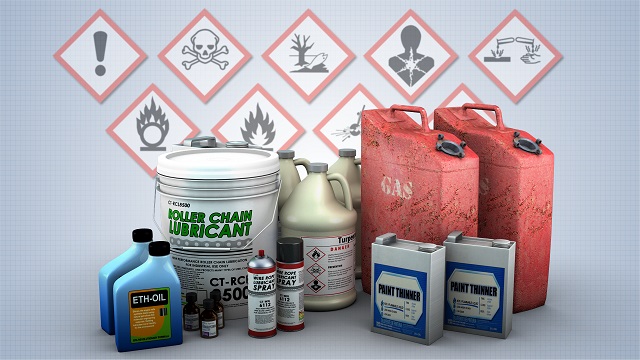
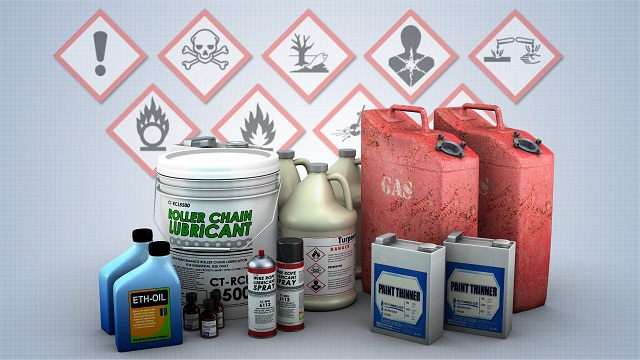
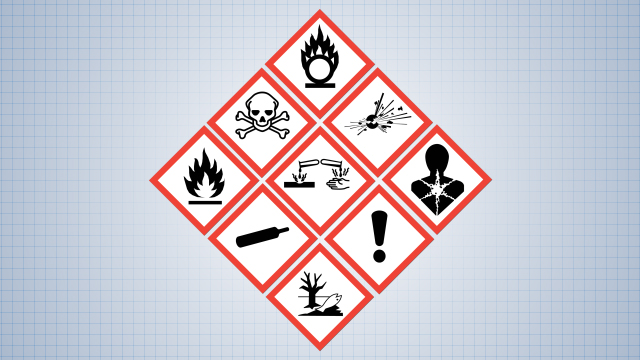
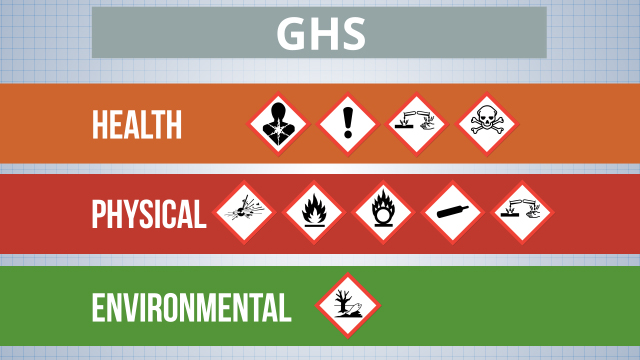
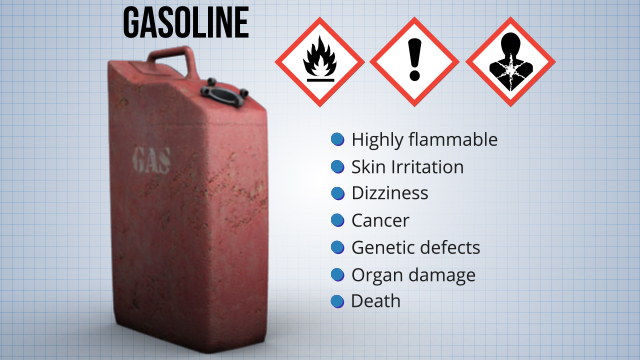
Hazardous Material Classifications
Course Details
Learning Objectives
At the end of this module, you will be able to:
- Describe the purpose of the HazCom Standard and the GHS
- Describe how chemical hazards are classified
- Identify and describe the health and physical hazards outlined by HazCom
- Identify chemical hazards from pictograms and statements on container labels
- Explain how to protect yourself and prevent chemical exposures
Specs
| Course Level | Intermediate |
| Languages | English |
| Compatibility | Audio, Video, MobileReady, Responsive |
| Based on: | 29 CFR 1910.1200: Hazard Communication |
Key Questions
What is hazard classification?
Hazard classification is the process of evaluating the full range of available scientific evidence to determine if a chemical is hazardous, and to identify the severity of the hazards.
How are chemicals classified?
The data used for hazardous material classification can come from tests, literature, or practical experience.
What is the purpose of hazard classification according to GHS?
To ensure chemical hazards are classified similarly by different manufacturers or importers so that all workers understand the hazards and hot to protect themselves.
What are the hazard classes?
GHS defines 16 physical hazards, such as corrosives, explosives, and flammable liquids; 10 health hazards, including acute toxicity, carcinogenicity, and reproductive toxicology; and environmental hazards.
What are hazard categories?
Each class can be further divided into different sub-categories that represent the severity of the specific hazard.
Sample Video Transcript
According to the GHS, the three main types of hazards are: • Health hazards, which present a risk to people’s health • Physical hazards, which threaten the safety of individuals and property • Environmental hazards, which can harm aquatic life or build up in the food chain Within each of these categories, GHS defines several hazard classes to further describe a chemical’s potential hazards. Many chemicals present more than one hazard, so they can belong to more than one hazard class. For example, most people are aware gasoline is highly flammable, but it has additional hazards. It can cause skin irritation and breathing vapors can cause dizziness. Gasoline can also cause cancer, genetic defects, organ damage, or even death if swallowed.
Additional Resources
Demos + Pricing
Learn more about our courses, get pricing, and see our platform.











